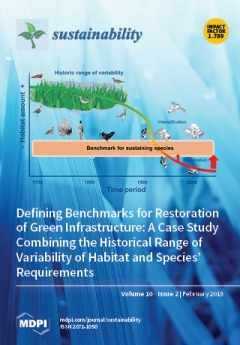Persistent drought severely inhibits plant growth and productivity, which negatively affects terrestrial primary productivity worldwide. Therefore, it is important to investigate the impacts of drought on plant leaf CO
2/H
2O exchange and water use efficiency. This study assessed the responses
[...] Read more.
Persistent drought severely inhibits plant growth and productivity, which negatively affects terrestrial primary productivity worldwide. Therefore, it is important to investigate the impacts of drought on plant leaf CO
2/H
2O exchange and water use efficiency. This study assessed the responses of net photosynthesis (
Pn), stomatal conductance (
Gs), transpiration (
Tr), and instantaneous water use efficiency (WUE) to drought based on a worldwide meta-analysis of 112 published studies. The results demonstrated that drought decreased
Pn,
Tr, and
Gs significantly and differently among different moderators. C
4 plants had smaller
Pn reduction than C
3 plants, which gives C
4 plants an advantage in
Pn. But their WUE decreased under drought conditions, indicating a great flexibility in C
4 WUE. Annual herbs sacrificed WUE (−6.2%) to maintain efficient
Pn. Perennial herbs took a different strategy in response to drought with an increased WUE (25.1%). Deciduous tree species displayed a greater increase in WUE than conifers and evergreen species. Additionally,
Gs had a significant correlation with
Pn and
Tr, but an insignificant correlation with WUE, which could be because WUE is affected by other factors (e.g., air flow, CO
2 concentration, and relative humidity). These findings have significant implications for understanding the worldwide effects of drought on plant leaf CO
2/H
2O exchange and water use efficiency.
Full article





